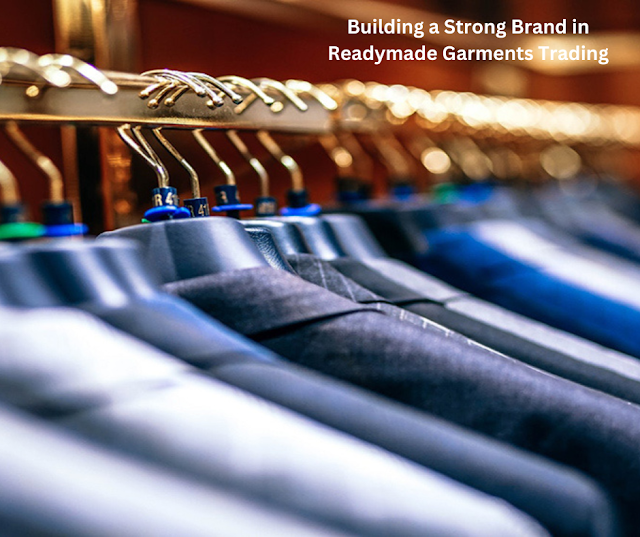Collaborating with Manufacturers as a Readymade Garments Trader: A Complete Guide
As a readymade garments trader, finding the right manufacturers to work with is crucial to your success in the industry. Collaborating with reliable and high-quality manufacturers can help you offer a diverse range of products to your customers and boost your profits. In this blog, we will discuss the benefits of collaborating with manufacturers and provide tips on how to find the right ones for your business.
Benefits of Collaborating with Manufacturers
Increased Product Range:
Collaborating with multiple manufacturers allows you to offer a wide
variety of products to your customers.
Cost Savings:
Collaborating with manufacturers can help you reduce production costs and
increase profit margins.
Quality Control:
Working with reliable manufacturers can ensure the consistent quality of your products and build customer trust and loyalty.Timely Delivery:
Collaborating with manufacturers can ensure the timely delivery of products, enabling you to meet customer demands and stay ahead of the competition.Tips for Finding the Right Manufacturers
Research:
Conduct thorough research to find manufacturers that align with your business needs, product requirements, and budget.Quality Check:
Check the quality of the manufacturer's products by requesting samples or visiting their factory.Communication:
Establish clear communication channels with your manufacturers to ensure a smooth collaboration.Reputation:
Check the reputation of the manufacturer in the industry by reading reviews and testimonials.Contract Agreement:
Have a legal contract in place to define expectations, pricing, and delivery timelines.Types of
Manufacturers
Large-Scale Manufacturers:
These manufacturers produce high-volume products, making them suitable for large readymade garments trader.Small-Scale Manufacturers:
These manufacturers produce smaller quantities, which can be suitable for small and medium-sized readymade garments traders.Niche Manufacturers:
These manufacturers specialize in a particular type of product, such as corporate uniforms or sportswear, making them suitable for specialized readymade garments traders.Conclusion
Collaborating with manufacturers is essential for readymade
garments traders to grow and succeed in the industry. Finding the right
manufacturers requires research, communication, and quality checks. By
following these tips and working with reliable manufacturers, readymade
garments traders can offer a diverse range of products to their customers and
achieve long-term success in the industry.











